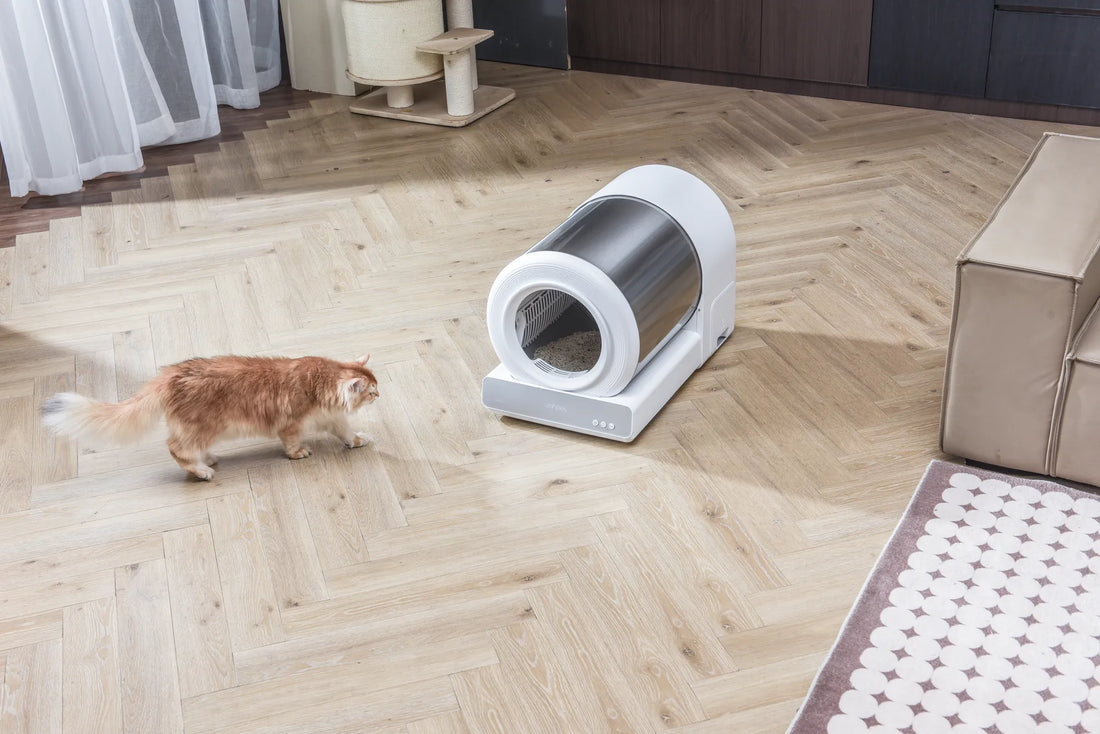Training a cat to use a litter box is one of the most essential tasks for any cat owner. While cats are naturally inclined to bury their waste, some may need a little guidance to get started. Whether you’re a first-time cat owner or dealing with a stubborn feline, this guide will walk you through the best way to train a cat to use a litter box successfully.
Understanding Your Cat’s Natural Instincts
Cats are instinctively clean animals. In the wild, they bury their waste to avoid attracting predators and to mark their territory subtly. This natural behavior makes litter box training relatively straightforward for most cats. However, understanding your cat’s instincts can help you create an environment that encourages proper litter box use.
Choosing the Right Litter Box
The first step in training your cat is selecting the right litter box. Here are some factors to consider:
- Size: The litter box should be large enough for your cat to move around comfortably. A box that’s too small may discourage use.
- Type: Open litter boxes are easier for cats to access, while covered boxes provide privacy. Some cats prefer one over the other, so you may need to experiment.
- Placement: Place the litter box in a quiet, low-traffic area where your cat feels safe. Avoid placing it near food and water bowls.
Selecting the Right Litter
Cats can be picky about the type of litter they use. Here are some options to consider:
- Clumping Litter: This type of litter forms clumps when wet, making it easy to scoop and clean.
- Non-Clumping Litter: This litter absorbs moisture but doesn’t clump, requiring more frequent changes.
- Scented vs. Unscented: Some cats prefer unscented litter, as strong scents can be overwhelming.
Experiment with different types to see which one your cat prefers.
Introducing Your Cat to the Litter Box
Once you’ve set up the litter box, it’s time to introduce your cat to it. Follow these steps:
- Show the Box: Place your cat in the litter box and let them explore. You can gently scratch the litter with your fingers to demonstrate its purpose.
- Timing: Place your cat in the litter box after meals, naps, or play sessions, as these are times when they’re most likely to need to go.
- Positive Reinforcement: Praise your cat and offer treats when they use the litter box correctly. This reinforces the behavior.
Addressing Common Challenges
Even with the best preparation, you may encounter some challenges during the training process. Here’s how to handle them:
Accidents Outside the Box
If your cat has an accident outside the litter box, clean the area thoroughly to remove any scent. Avoid punishing your cat, as this can create fear and make the problem worse. Instead, place your cat in the litter box and encourage them to use it.
Refusal to Use the Litter Box
If your cat refuses to use the litter box, consider the following:
- Cleanliness: Cats prefer a clean litter box. Scoop daily and change the litter regularly.
- Location: Ensure the litter box is in a quiet, accessible location.
- Health Issues: If your cat continues to avoid the litter box, consult a veterinarian to rule out medical problems.
Training Kittens vs. Adult Cats
Training a kitten to use a litter box is often easier than training an adult cat, as kittens are more adaptable. However, adult cats can also be trained with patience and consistency. Here are some tips for each:
Training Kittens
Kittens typically learn quickly by observing their mother. If you’re raising a kitten without a mother, follow these steps:
- Place the kitten in the litter box after meals and naps.
- Use a shallow litter box for easy access.
- Be patient and consistent with training.
Training Adult Cats
Adult cats may have established habits, making training more challenging. Here’s how to succeed:
- Introduce the litter box gradually and allow your cat to explore it at their own pace.
- Use positive reinforcement to encourage use.
- Address any underlying issues, such as stress or health problems.
Maintaining the Litter Box
Regular maintenance is key to keeping your cat happy and encouraging consistent use of the litter box. Here’s what to do:
- Scoop Daily: Remove waste from the litter box every day to keep it clean.
- Change Litter Weekly: Replace the litter completely once a week to prevent odors.
- Clean the Box: Wash the litter box with mild soap and water during litter changes.
When to Seek Professional Help
If your cat continues to have issues with the litter box despite your best efforts, it may be time to seek professional help. A veterinarian can rule out medical problems, while a cat behaviorist can provide tailored advice for addressing behavioral issues.
Training a cat to use a litter box doesn’t have to be a daunting task. With the right approach, patience, and consistency, you can help your feline friend develop good habits that will last a lifetime. Start today and enjoy the peace of mind that comes with a well-trained cat!

![[🎃Halloween Sale]UAHPET Stainless Steel Self-Cleaning Cat Litter Box](http://www.uahpet.com/cdn/shop/files/1-cat-litter-box.jpg?v=1761890851&width=1600)












